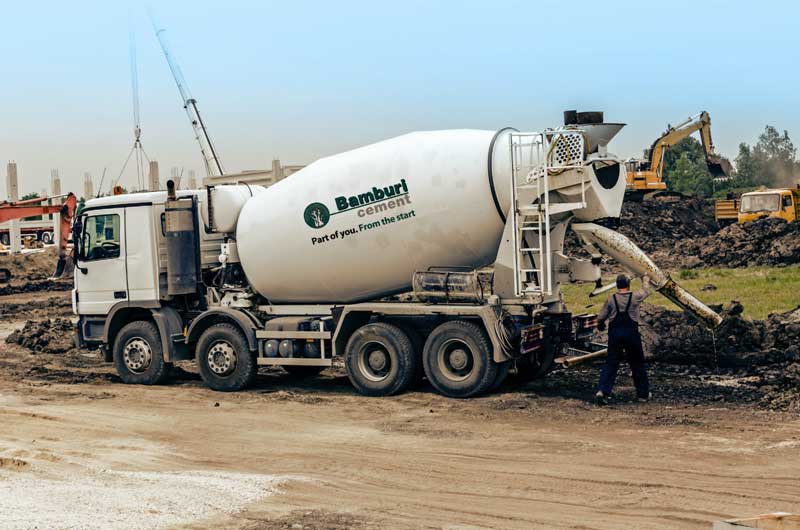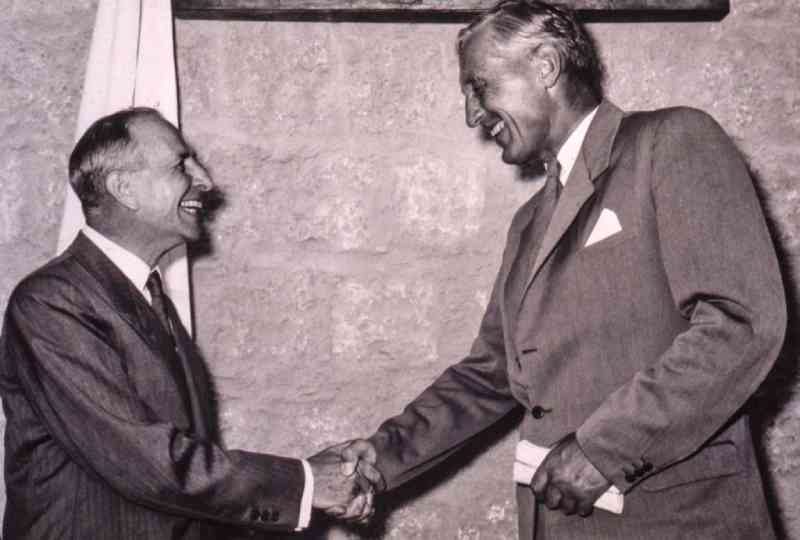Bamburi Cement, which was founded in 1951 by Felix Mandl, has a rich history in-line with Kenya’s legacy as a growing and highly progressive nation for over half a century.
Our history is an inspiring account of the pioneering spirit and vision of Felix Mandl, who despite experiencing numerous setbacks during and after World War 2, eventually settled in Kenya and set up Bamburi Cement, which became a household brand, an industry leader and a significant contributor to the development of the region.
We have been at the heart of building Kenya and the East African region through challenging and prosperous times with innovative solutions made possible by hard work, dedication and a relentless focus on excellence.
Our people are the key drivers behind all that we do at Bamburi Cement which has enabled us to become an industry leader by providing a safe and empowering environment to achieve our full potential.
It is this pioneering and innovative spirit that has continued to propel us forward to greater heights.

